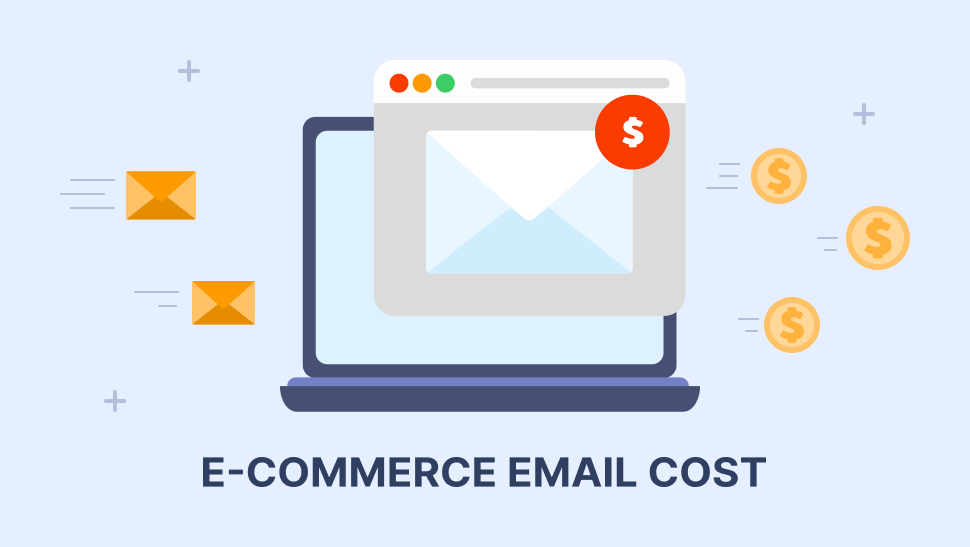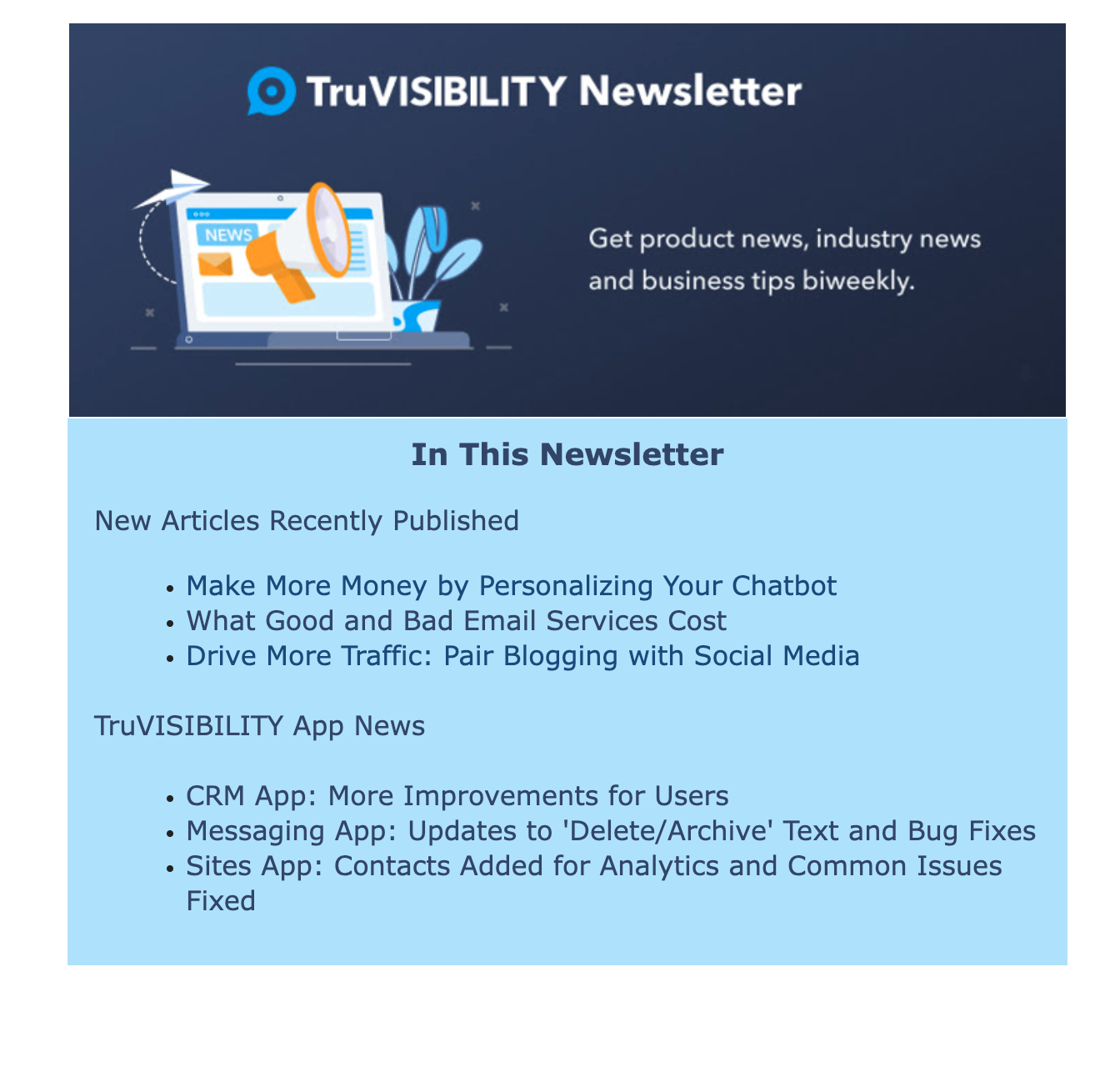Email marketing remains a steadfast pillar for driving engagement, nurturing leads, and boosting sales, especially for e-commerce businesses. Understanding the cost of email marketing for your e-commerce business can be complicated. It's not just about the price you pay for your email service provider; it encompasses a web of expenses, strategies, and tools. In this guide, we'll decode the average cost of email marketing for e-commerce businesses, helping you find the right balance between investment and returns.
Table of Contents
- Why Email Marketing Matters for E-commerce
- Understanding the Components of Email Marketing Costs
- Determining the Average Monthly Cost of Email Marketing
- Strategies to Optimize Email Marketing Costs
- The Evolving Landscape of Email Marketing Costs
- Evaluating ROI and the True Value of Email Marketing
- Conclusion

Why Email Marketing Matters for E-commerce
Before we dive into the intricacies of email marketing costs, it's crucial to understand why email marketing is vital for e-commerce businesses.
Personalized Customer Engagement
Email marketing offers a personalized means to engage with your customers. Tailored content, product recommendations, and exclusive offers create a sense of connection and relevance.
TruVISIBILITY is a leader in giving e-commerce businesses the ability to personalize automated emails, email campaigns, and email blasts of all kinds. The best part is that any type of business or individual contractor can start sending emails to leads for free. Wondering how you can personalize emails for more customer engagement? TruVISIBILITY’s email templates are designed for high conversion rates - and you can view the different templates for every occasion today.
Nurturing Leads into Customers
Emails allow you to nurture leads at various stages of the sales funnel. Whether it's introducing new subscribers to your brand or re-engaging previous customers, email marketing can guide leads into becoming paying customers.
Driving Revenue and ROI
One of the most significant benefits of email marketing is its potential to drive revenue. From promotional campaigns to abandoned cart reminders, emails have a direct impact on your bottom line. The ability to measure and optimize the return on investment (ROI) makes email marketing a powerful tool.
Understanding the Components of Email Marketing Costs
The cost of email marketing is not a one-size-fits-all figure. It's an amalgamation of several components:
Email Service Provider (ESP) Subscription
The most apparent expense is your subscription to an Email Service Provider (ESP). ESPs offer a range of features, including list management, automation, and analytics. Costs can vary significantly, depending on the provider and the size of your email list.
Email Content Creation
Crafting compelling email content is another significant cost. This includes designing email templates, writing engaging copy, and creating visuals. The cost per email campaign for content creation can fluctuate based on the complexity of the campaign.
(image - truvis image)
List Management and Segmentation
List management involves maintaining and growing your email list. Segmentation, on the other hand, is about dividing your list into segments for targeted campaigns. Costs in this category cover tools and services that aid in these processes.
A/B Testing and Optimization Tools
To maximize the effectiveness of your email campaigns, A/B testing is essential. A/B testing tools allow you to compare different email elements and strategies to determine what resonates best with your audience.
Analytics and Reporting
Analyzing the performance of your email campaigns is vital for optimization. Analytics and reporting tools help you understand open rates, click-through rates, conversion rates, and other essential metrics. These tools come at a cost.
Additional Costs and Tools
In addition to the core components, there may be additional costs, such as email verification services, deliverability tools, and compliance solutions. These expenses can accumulate over time.
Determining the Average Monthly Cost of Email Marketing
Let's break down the average monthly cost of email marketing for an e-commerce business through a case study:
Case Study: Calculating Email Marketing Costs for an E-commerce Business
Consider an e-commerce business, "FashionTrends," with a subscriber list of 50,000. FashionTrends relies on an ESP that charges $500 per month for list management, automation, and analytics. The business sends three email campaigns per week.
Email Service Provider Subscription: $500 per month Email Content Creation: $1,500 per month (3 campaigns per week at $125 per campaign) List Management and Segmentation: $200 per month A/B Testing and Optimization Tools: $100 per month Analytics and Reporting: $50 per month Additional Costs (email verification and deliverability tools): $150 per month
Total Average Monthly Cost: $2,500
This case study outlines an average monthly email marketing cost for FashionTrends. The actual costs for your business may differ based on the size of your email list, the complexity of your campaigns, and the tools and services you utilize.
Strategies to Optimize Email Marketing Costs
While email marketing does come with expenses, there are strategies to optimize costs:
Efficient Content Creation
Invest in efficient content creation processes. Utilize templates, repurpose content where possible, and consider in-house creative resources to reduce external content creation costs.
See how TruVISIBILITY takes advantage of content for newsletters. TruVISIBILITY's blog articles and platform updates are plentiful and valuable content to engage leads and customers alike.

Streamlined List Management
Regularly clean and segment your email list to maximize its efficiency. Remove inactive subscribers and tailor your campaigns to specific segments to improve engagement and conversions.
Smart A/B Testing
Prioritize A/B testing, but do it strategically. Focus on elements that have the most significant impact on engagement and conversions to avoid unnecessary expenses.
Analytics-Driven Decision Making
Leverage analytics to make informed decisions. Identify what works and what doesn't, allowing you to allocate resources effectively.
Cost-Effective Tool Selection
Continuously assess the tools you're using. Ensure that they align with your evolving email marketing strategy and budget constraints.
The Evolving Landscape of Email Marketing Costs
The cost of email marketing can evolve based on several factors:
Impact of Industry and Business Size
Different industries and business sizes may have varying norms for email marketing costs. Smaller businesses often focus on cost-effective solutions, while larger enterprises may invest more in advanced tools and strategies.
Personalization and Segmentation Investment
As personalization and segmentation become central to email marketing success, businesses may allocate more resources to tools that facilitate these strategies.
Shifting Costs in Response to Industry Trends
The email marketing landscape continually evolves, with new trends and technologies emerging. Businesses may adapt their budgets to incorporate these changes, such as interactive email elements or AI-driven personalization.
Future-Proofing Your Email Marketing Strategy
Investing in tools and strategies that can adapt to industry shifts can help future-proof your email marketing costs. Keep an eye on emerging trends and technologies to stay competitive.
Evaluating ROI and the True Value of Email Marketing
Measuring email marketing ROI is essential. Consider the following:
Measuring Email Marketing ROI
To assess the effectiveness of your email marketing strategy, measure the revenue generated directly from email campaigns. Compare this revenue to your email marketing costs to calculate ROI.
Beyond Immediate Sales: Long-Term Benefits
While ROI is a critical metric, don't overlook the long-term benefits of email marketing. Engaging with leads and customers through email can result in customer loyalty, referrals, and repeat business, all of which contribute to the overall success of your e-commerce business.
Conclusion
The average cost of email marketing for your e-commerce business is a dynamic figure that should align with your objectives, resources, and industry standards. Finding the right investment in email marketing means striking a balance between expenses and the value it brings to your business.
Email marketing isn't just a cost; it's an investment in building customer relationships and driving revenue. By understanding the components of email marketing costs and optimizing your strategies, you can find that perfect equilibrium for your e-commerce business. See how TruVISIBILITY helps e-commerce businesses afford email marketing that turns leads into customers.
Want to receive more articles?
Sign-up for our weekly newsletter to receive info that will help your business grow



